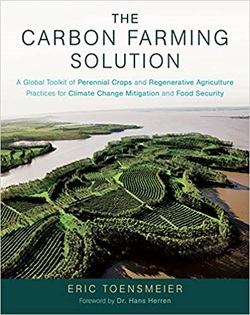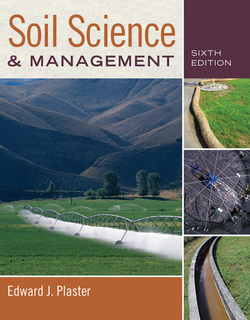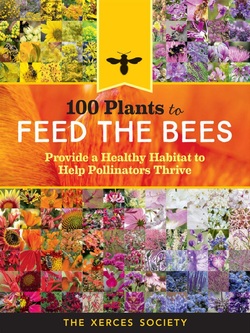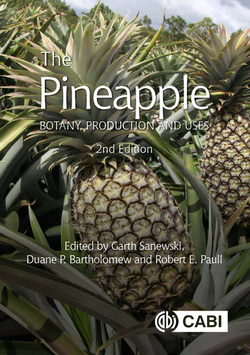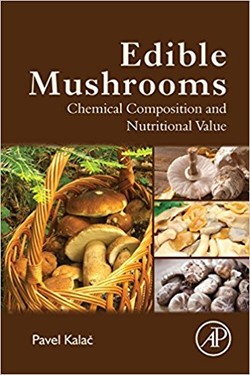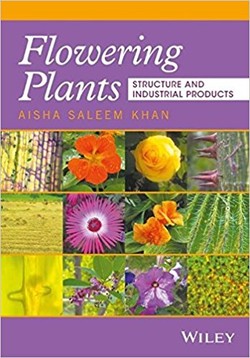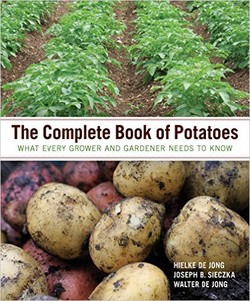راهکار کاشت کربن؛ مجموعه ابزار جهانی محصولات چند ساله و شیوه های کشاورزی احیا کننده برای کاهش تغییرات آب و هوا و امنیت غذایی
قیمت 16,000 تومان
سال انتشار: 2016 | تعداد صفحات: 426 | حجم فایل: 39.86 مگابایت | زبان: انگلیسی
The Carbon Farming Solution: A Global Toolkit of Perennial Crops and Regenerative Agriculture Practices for Climate Change Mitigation and Food Security
ناشر:
Chelsea Green Publishing
With carbon farming, agriculture ceases to be part of the climate problem and becomes a critical part of the solution
"This book is the toolkit for making the soil itself a sponge for carbon. It’s a powerful vision."―Bill McKibben
"The Carbon Farming Solution is a book we will look back upon decades from now and wonder why something so critically relevant could have been so overlooked until that time. . . . [It] describes the foundation of the future of civilization."―Paul Hawken
In this groundbreaking book, Eric Toensmeier argues that agriculture―specifically, the subset of practices known as "carbon farming"―can, and should be, a linchpin of a global climate solutions platform.
Carbon farming is a suite of agricultural practices and crops that sequester carbon in the soil and in above-ground biomass. Combined with a massive reduction in fossil fuel emissions―and in concert with adaptation strategies to our changing environment― carbon farming has the potential to bring us back from the brink of disaster and return our atmosphere to the "magic number" of 350 parts per million of carbon dioxide. Toensmeier’s book is the first to bring together these powerful strategies in one place.
Includes in-depth analysis of the available research.
Carbon farming can take many forms. The simplest practices involve modifications to annual crop production. Although many of these modifications have relatively low sequestration potential, they are widely applicable and easily adopted, and thus have excellent potential to mitigate climate change if practiced on a global scale. Likewise, grazing systems such as silvopasture are easily replicable, don’t require significant changes to human diet, and―given the amount of agricultural land worldwide that is devoted to pasture―can be important strategies in the carbon farming arsenal. But by far, agroforestry practices and perennial crops present the best opportunities for sequestration. While many of these systems are challenging to establish and manage, and would require us to change our diets to new and largely unfamiliar perennial crops, they also offer huge potential that has been almost entirely ignored by climate crusaders.
Many of these carbon farming practices are already implemented globally on a scale of millions of hectares. These are not minor or marginal efforts, but win-win solutions that provide food, fodder, and feedstocks while fostering community self-reliance, creating jobs, protecting biodiversity, and repairing degraded land―all while sequestering carbon, reducing emissions, and ultimately contributing to a climate that will remain amenable to human civilization. Just as importantly to a livable future, these crops and practices can contribute to broader social goals such as women’s empowerment, food sovereignty, and climate justice.
The Carbon Farming Solution is―at its root―a toolkit and the most complete collection of climate-friendly crops and practices currently available.
With this toolkit, farmers, communities, and governments large and small, can successfully launch carbon farming projects with the most appropriate crops and practices to their climate, locale, and socioeconomic needs.
Toensmeier’s ultimate goal is to place carbon farming firmly in the center of the climate solutions platform, alongside clean solar and wind energy. With The Carbon Farming Solution, Toensmeier wants to change the discussion, impact policy decisions, and steer mitigation funds to the research, projects, and people around the world who envision a future where agriculture becomes the protagonist in this fraught, urgent, and unprecedented drama of our time. Citizens, farmers, and funders will be inspired to use the tools presented in this important book to transform degraded lands around the world into productive carbon-storing landscapes.
